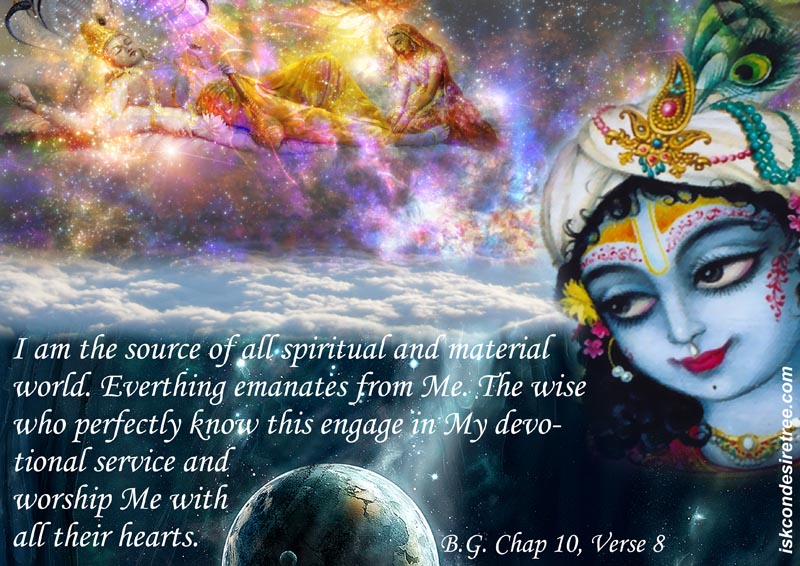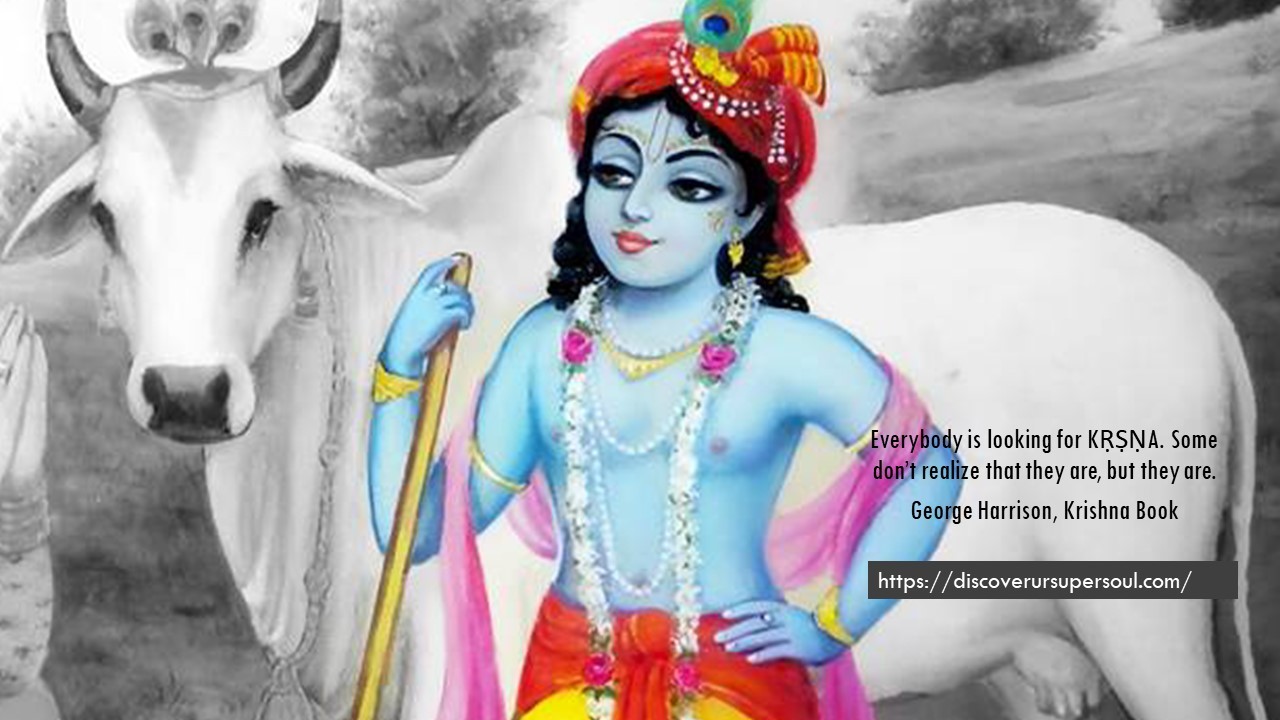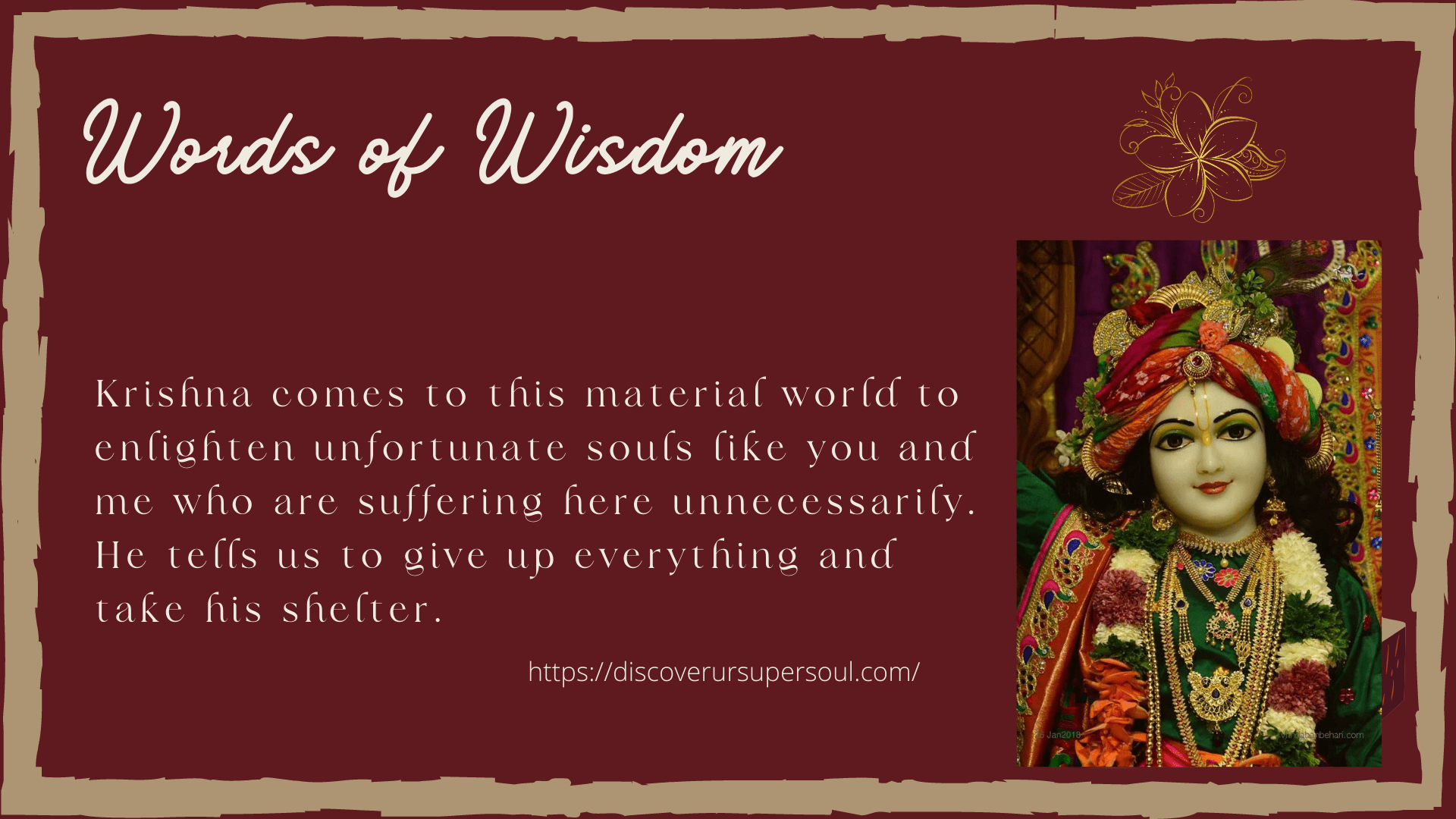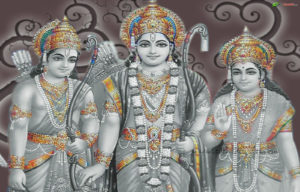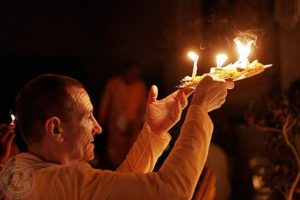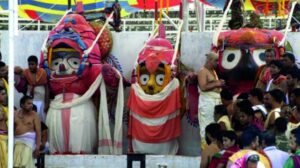
We all might have seen the massive chariots on which Lord Jagannath, Lord Baladeva & Subhadra Devi rides in Puri during the world famous Rath Yatra festival. The chariots are so humongous that when the Britishers saw it they were amazed.
In fact, the English word juggernaut has come from the word Jagannath.
Merriam-Webster describes the history of word Juggernaut as follows: In early 14th century Friar Odoric, a Franciscan missionary, saw a massive Rath Yatra festival in Puri, India. He saw a huge deity of Lord Jagannath on an enormous chariot and thousands of people pulling the chariot. He was fascinated by the sight. He carried this story to Europe and eventually it spread throughout Europe. By 19th century the Europeans had started using the word juggernaut to refer to any enormous object which had crushing capability.
The dictionary defines juggernaut as a massive inexorable force, campaign, movement, or object that crushes whatever is in its path.
The huge chariots are unique and such chariots are not built in any other parts of the world.
Let us see the amazing facts about the massive chariots of Jagannath, Baladeva & Subhadra
Lord Jagannath’s chariot
- Lord Jagannath’s chariot is called Nandighosa.
- It is 45 ft high and 45 ft broad at the level of its wheels.
- The chariot has 16 wheels and each wheel is seven ft in diameter.
- The chariot contains 832 pieces of wood
- Daruka is the charioteer
- Number of horses are 4
- Colour of the horses are white
- Name of the rope is Sankhachuda
- Weapons on the chariot are Sankha and Chakra
- Name of the flag is Trailokyamohini
- Lord Jagannath’s chariot is adorned with red and golden yellow strip of cloth.
Lord Baladeva’s chariot
- Lord Baladeva’s vehicle is called Taladhwaja.
- It is 44 ft high
- It has 14 wheels and diameter of the wheel is 6’6”
- The chariot has 763 pieces of wood
- Matali is the charioteer
- It has 4 horses
- The horses are black in colour
- Name of the rope is Basuki
- Weapons on the chariot are Hala & Musala
- Name of the flag on the chariot is Unnani
- Lord Baladeva’s chariot has red and green strip of cloth.
Subhadra Devi’s chariot
- Subhadra’s chariot is known as Devadalana/Darpadalana/Padmadhwaja.
- It is 43 ft high.
- It has 12 wheels and diameter of the wheel is 6 feet.
- The chariot has 539 pieces of wood.
- Arjuna is the Charioteer
- Number of horses are 4
- The horses are red in colour
- Name of the rope is Swarnachuda
- Weapons on the chariot are Padma & Kalhar
- Name of the flag on the chariot is Nadambika
- Subhdra’s chariot has red and black colour cloth.
How the chariots are built?
The chariots are built every year from the wood of trees brought from Dasapalla, Orissa, an erstwhile princely state. Hereditary carpenters build the chariots.
When the construction of the chariots starts?
The construction begins on Akshaya Tritiya, the first day of summer when candana – yatra also starts. In 58 days the work gets completed. The process to procure the wood and build the chariots has remained the same since the inception of Rath Yatra.
What happens to the chariots after Rath Yatra festival?
After the festival i.e. after Ulta Rath Yatra the chariots are dismantled, and the woods are used as fuel in the temple kitchen of Jagannath Puri. The temple kitchen is said to be the largest in the world.
The Lord is worshipped and served opulently in Puri.
How the food is prepared for Jagannath in world’s largest kitchen?
- 5000 trained cooks get involved in preparing food for the Lord.
- 56 different varieties of vegetarian dishes are cooked daily for the Lord.
- All the food (bhoga) prepared are first offered to Lord Jagannath, Lord Baladeva and Subhadra Devi.
- After being offered to Lord Jagannath, the sanctified food (prasad) is offered to Bimala Devi. Bimala Devi is Parvati and her deity is in the temple premise.
- After that the food goes to Anand Bazar (pleasure market) and is available for all to enjoy and honour.
- The temple kitchen has the capacity to feed between 2,000 to 200,000 people daily.
Jagannath on wheels comes calling and inviting
Every year on the day of Rath Yatra, Lord Jagannath comes out of His magnificent temple along with His brother and sister riding on the majestic chariots. He comes on the street to invite us to join Him in His ever-relishing pastimes.
Millions from all over the world come to welcome him, to have a glimpse of Him, to shower their affection on Him. On this day, everyone forgets their worldly identities – men and women, rich and poor, young and old, Hindus and non – Hindus, all participate in the Rath Yatra festival. They joyfully pull the long ropes tied to the chariots.
The camaraderie among the lovers of the Lord is in full display. The devotees are not just eager to pull the ropes but they encourage and assist others in pulling the rope.
The ropes bind the heart of the devotees with that of the Lord, the heart gets cleansed of all dirt and love for the Lord manifests.
“When Lord Jagannatha is on His Rath-yatra cart and is moving along the road, at every step there is a loud presentation of prayers and songs chanted by large assemblies of brahmanas. Hearing their hymns Lord Jagannatha is very favorably disposed towards them. He is the ocean of mercy and the true friend of all the worlds.” (Sri Jagannathastaka)

